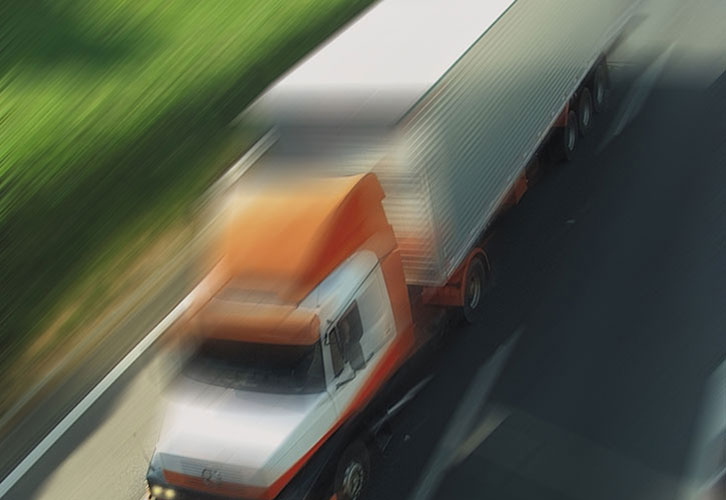Today, road transport is still one of the most frequently-used options to distribute merchandise, thanks to how easy it is to reach almost anywhere (which is not always possible by railway or ship). What is more, for cases when the longest route is carried out by railway or sea, there is normally an intermodal component, since transfer to the delivery point (known as the “last mile”) is generally by road.
Bearing in mind that road transport is behind a large amount of emissions that human activity releases into the environment, as logistical companies, we must be aware of our responsible to prevent pollution levels from rising. What, what can we do about it?
Route optimisation
A good way to reduce CO2 emissions is by properly planning routes, bearing several variables in mind, such as vehicle type, the cargo, the time of day – it is not the same to transport during rush hour as during off-peak hours -, the distance, the road type, average speed… Although in principle the shortest route may appear to be the most ecological, reality has shown us that this is not always the case.
For this reason, there are calculation models that include different possible scenarios, analysing all of the available information and offering different alternatives to travel a route, bearing in mind all of the variables, so as to select the best option according to the estimated CO2 emissions for each one.
Furthermore, the benefits are not only environmental. By selecting more efficient routes, there is less fuel consumption, with the resulting economic advantage.
Green Pathways
Although still uncommon, Administrations are beginning to become aware of the huge benefits of green pathways. But, what are they exactly?
We might say that green pathways are those that have a minimum environmental impact in their route, studying how to handle the water falling on them should be handled – especially if there are rivers or lakes nearby. Another factor to take into account for a roadway to be considered ecological is if, while being built, recycled materialswere used, such as tyre rubber. This way, in addition to lowering asphalt production, used vehicle tyres are used which would not be re-used otherwise.
Furthermore, using recycled rubber to build roads brings us to the fourth point: saving on energy during construction and use. It is obvious that using recycled materials reduces the amount of energy needed to make the road; yet furthermore, rubber makes the road much more long-lasting, so it requires less repair and provides for better vehicle traction.
What is more, different materials are being tested to reduce emissions and take advantage of energy, for example, in Madrid, titanium oxide was added to the asphalt in a road – specifically, Martín de los Heros— a substance that can eliminate up to 90% of polluting emissions on a sunny day, and 70% on cloudy days. In the United Kingdom, 120 roads use the Astucia Solar Lite system, which takes advantage of solar power to produce the electricity needed for nocturnal lighting on the roads.
A challenge for transport companies
It is clear that sustainability is one of the greatest challenges for logistical companies. We are aware of our responsibility in regards to greenhouse gas emissions and the impact that our activity has on the environment. For this reason, at Bilogistik we have been using green pathways for some time now, seeking out routes so that we can choose trajectories with fewerCO2 emissions, thereby also reducing route times. Our environmental commitment we are leaving for future generations is steadfast.


